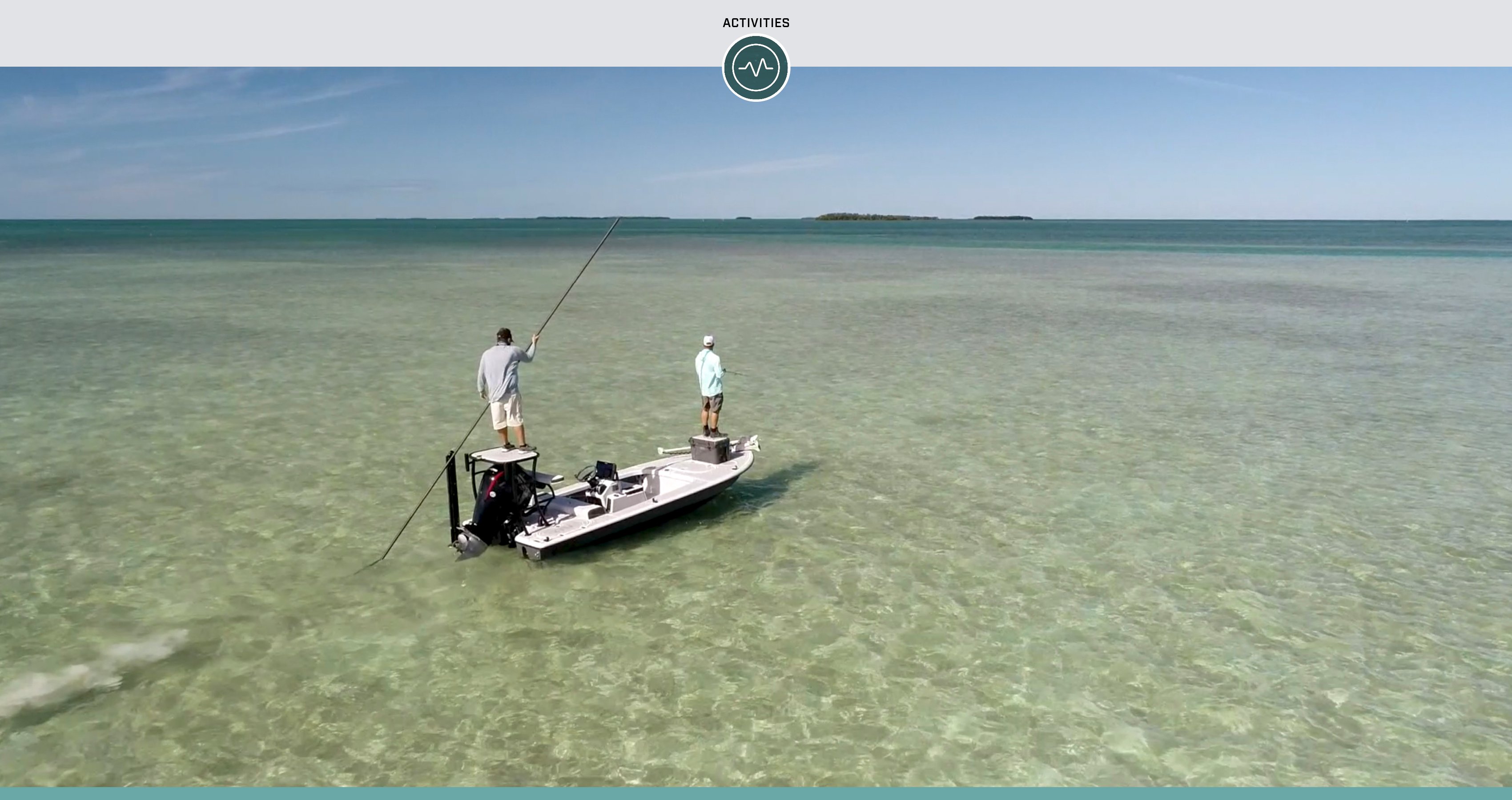Washing and cleaning your engine might not be top of mind when it comes to routine maintenance on your boat, but it’s something every boater should understand how to do properly. A clean engine is an engine you can be proud to show off, and it’s also an engine that will continue performing at its peak for longer, particularly if you boat in saltwater environments.
Basic engine cleaning should begin with removal of any aquatic vegetation or debris each time you leave the water. This helps prevent the spread of aquatic invasive species (and is required by law in some states), and it cuts down on grime to reduce your cleaning chores later on. Also, be sure to check for fishing line or anything else that might cling to the engine.
If your boat is powered by an outboard, the next step is to wash and shine the exterior of the engine, which you can do while washing the entire boat. The process is easy. Just make sure you’re using soap intended for washing boats. Dishwashing soap, household cleaners and industrial cleaners can be harmful to the boat as well as the environment. Here’s a helpful Mercury Quick Tip video that shows the right way to wash a boat. Also, check out this video to learn how to achieve a mirror finish on the cowl using Mercury All-In-One Spotless Shine. For specialized care of your outboard’s cowl, you can also use Mercury Cowl Finishing Compound. Written instructions and a video demonstration are available here.
The exterior portion of a sterndrive can be handled in a similar way during the boat-washing process.
Your engine’s powerhead also needs to be cleaned periodically. Freshwater boaters might get by with washing the powerhead a couple of times a year, but saltwater boaters are urged to at least rinse the powerhead after every trip to avoid corrosion.
To wash the powerhead, first remove the flywheel cover so you can easily get to all areas. Most of the time, a basic low-pressure rinse with water will do the trick. Avoid high-pressure spray, which can force water into electrical connections and other undesirable areas. For a particularly dirty powerhead, you might need to spray it down with a light degreaser before rinsing.
Once the powerhead is dry, spray a light coat of Mercury Precision Care Corrosion Guard on all external metal surfaces on the powerhead. Take care to keep water, degreaser and Corrosion Guard away from the air intake, alternator, belt and pulleys.
If you’re uncertain about any of the parts described above, you can find detailed instructions for how to clean your engine’s powerhead in your owner’s manual. It’s worth a quick review before you start the process.
Though cleaning your engine can seem like a bit of a chore, it only takes a small investment of elbow grease to keep you engine in top shape.




